Mini Transat: Forty Years of Refinement
Published on April 20th, 2017
In 1976, the world of offshore racing was in turmoil. The OSTAR, the famous singlehanded transatlantic race between Plymouth (UK) and Newport (USA), had come very close to being won by Alain Colas on a giant 236-foot four-masted monohull that was equipped with a wealth of power-assisted devices.
In response, the British decided to limit the maximum size of the boats to 60-feet. To counter this move, certain French sailors in 1978 launched the Route du Rhum, a transatlantic solo race from France to Guadeloupe, which continued to invite boats of unlimited sizes.
In light of this squabbling, the Mini Transat was devised by British sailor Bob Salmon to ensure sailors once again had a prominent place in a race ranking. One thing is clear: the smaller the boat, the greater the sailor’s input. As such, he decides that solely boats measuring a maximum length of 6.50m will be allowed to enter the race.
The course would be simple: a compulsory delivery trip from Penzance (UK) to the Canary Islands (ESP), then the actual race itself along the trade wind route to Antigua. A concept boasting surprising vitality is born.
Twenty-seven sailors took part in the first edition, somewhat shrouded in secrecy. Since that time, the number of applicants has continued to grow and the race has gained in notoriety, yet the pioneering spirit remains. Here are some of the key highlights that have occurred along the way:
1977 – The first edition:
It’s Daniel Gilard who secures victory at the helm of Petit Dauphin, a Serpentaire. For this first edition, Bob Salmon, organiser and racer, finishes well after the first boats into the West Indies, who ‘clock themselves out’ on the finish line. Thereafter, the results of the first leg will count towards the final ranking.
1985 – Changing of the guard:
After four editions, Bob Salmon passes on the role of event organiser. It’s a French journalist who has fallen in love with the race, Jean-Luc Garnier, who takes up the event torch and sees legendary French sailor Yves Parlier secure the win that year. French ports Brest, and then Concarneau, would the start venues for the 85, 87 and 89 editions.
1991 – The technological revolution:
This year, alongside the amateurs who flock to the start at Douarnenez, in north-west France, Michel Desjoyeaux, who already boasts a sizeable track record in offshore racing by this point, lines up for the start aboard a prototype laden with innovations. A streamlined wing mast, a canting keel, and an asymmetric spinnaker mounted on an adjustable bowsprit, which would soon be adopted by the Mini sailors before going on to become part of the rule on other series like the IMOCAs of the Vendée Globe. It’s Damien Grimont who takes victory in the event.
1993 – The truncated race:
During the negotiation of the Bay of Biscay, a deep depression scoops up the fleet and generates some particularly violent winds. The first leg goes on to be cancelled after the disappearance of Pascal Leys, one of the race favourites. Thierry Dubois takes the win in the second leg of the race.
1999 – A victim of its own success:
For the first time, the Mini Transat has to refuse certain entries. Several competitors on the waiting list won’t be able to take the start due to the lack of places. This particular year, the bad weather causes numerous retirements, prompting the Classe Mini to toughen up its qualification criteria.
2001 – Changing heading:
It’s a double revolution. For the first time since taking on a French lilt, the Mini Transat does not set sail from a Breton port, instead departing from La Rochelle. A new destination is also on offer to competitors, Salvador de Bahia in Brazil. For six editions, the race will stick to the same course.
2011 – The ‘scow bow’ changes the tone:
Naval architect and racer, David Raison dominates on his Magnum, a prototype with a radically different look. With her round bow, she is more powerful and faster than the classic prototypes. A revolution is underway.
2013 – Back to its roots:
It’s Douarnenez that assumes the organiser’s mantle for the next two editions, along a course that harps back to the race’s origins, since the final destination is that of the West Indies once again.
2017 – A story yet to be written:
Eighty-four solo sailors will be at the start on October 1 for the first leg between La Rochelle and Las Palmas (Gran Canaria).
The 2017 course: from La Rochelle to the West Indies via the South face
Two legs are offered to make Martinique from Europe’s Atlantic coasts. The leg from La Rochelle to Las Palmas de Gran Canaria is a perfect introduction to proceedings before taking the big transatlantic leap.
Following the first leg start on October 1, the Bay of Biscay can be tricky to negotiate in autumn while the dreaded rounding of Cape Finisterre on the north-west tip of Spain marks a kind of prequel to the descent along the coast of Portugal. Statistically, this section involves downwind conditions, often coloured by strong winds and heavy seas. Making landfall in the Canaries requires finesse and highly developed strategic know-how.
The second leg will set sail on November 1. Most often carried along by the trade wind, the solo sailors set off on what tends to be a little over two weeks at sea on average. At this point, there’s no way out: en route to the West Indies, there are no ports of call. The sailors have to rely entirely upon themselves to make Martinique, where they’ll enjoy a well-deserved Ti Punch cocktail to celebrate their accomplishments since embarking on the Mini adventure.
Source: Aurélie Bargat / Effets Mer (words), Christophe Beschi (photos)


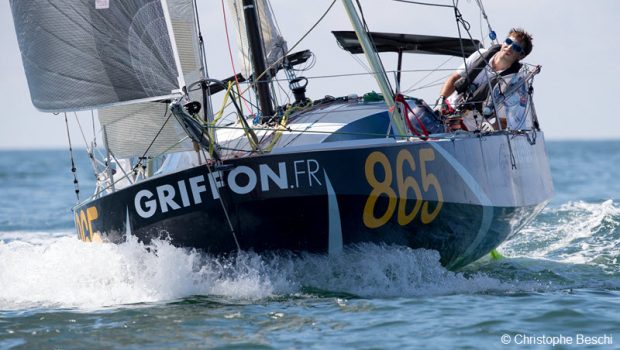

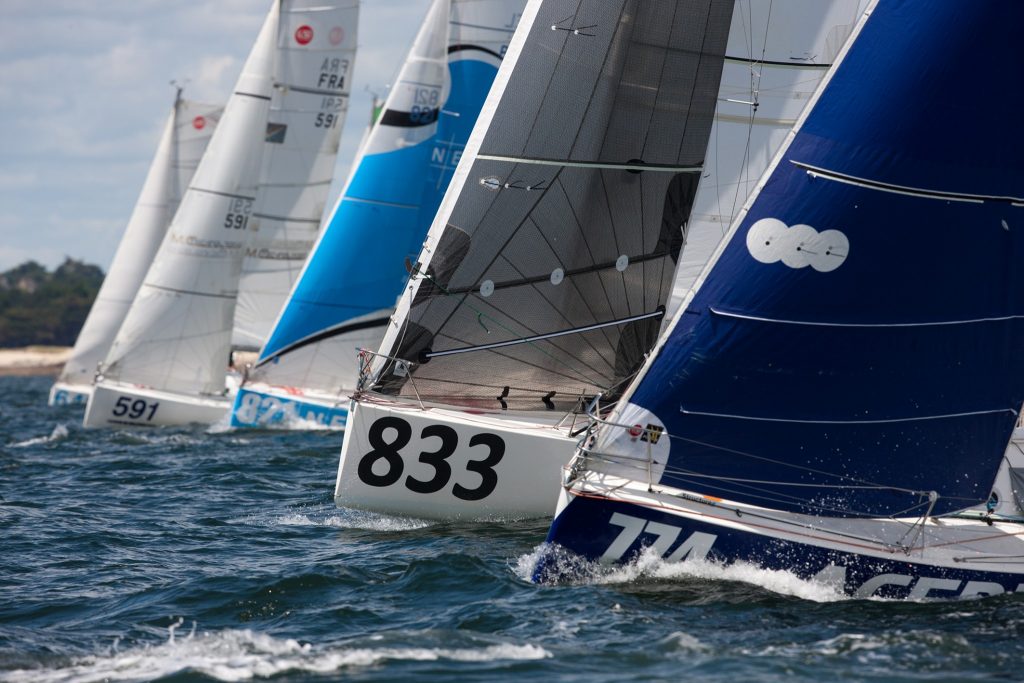
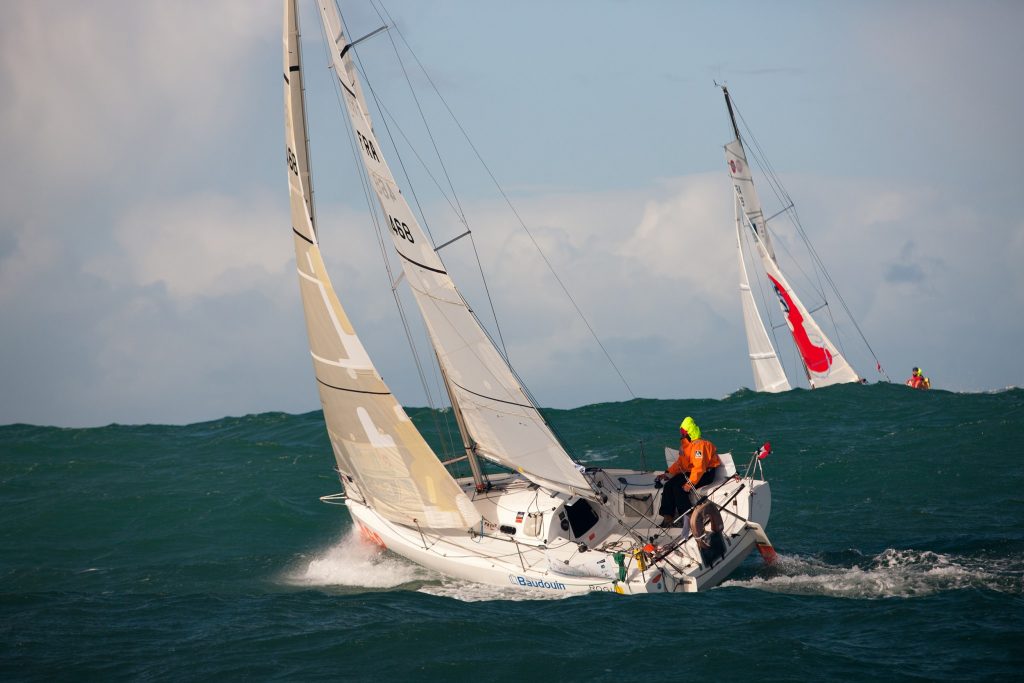
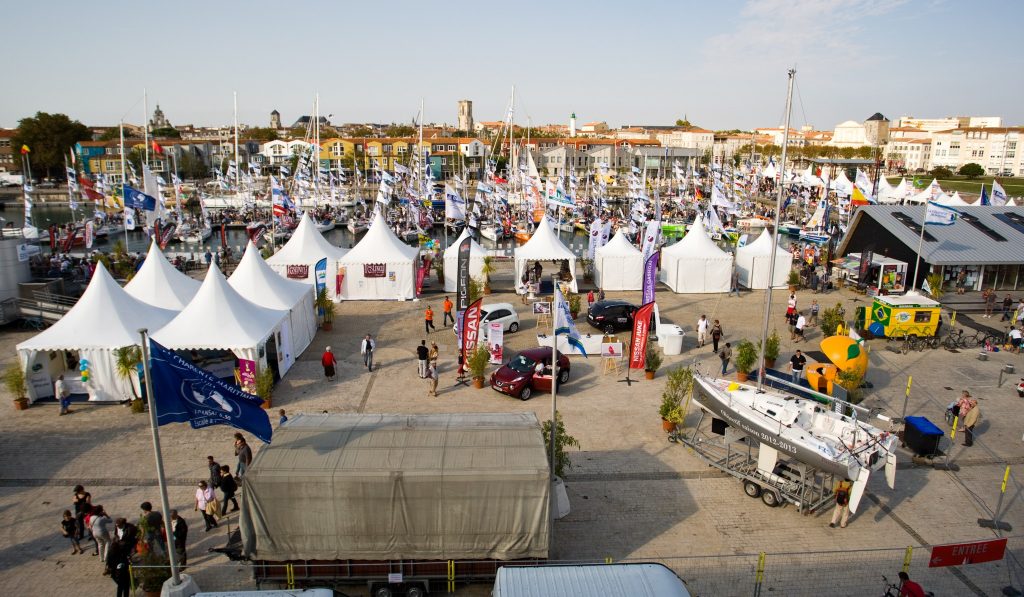
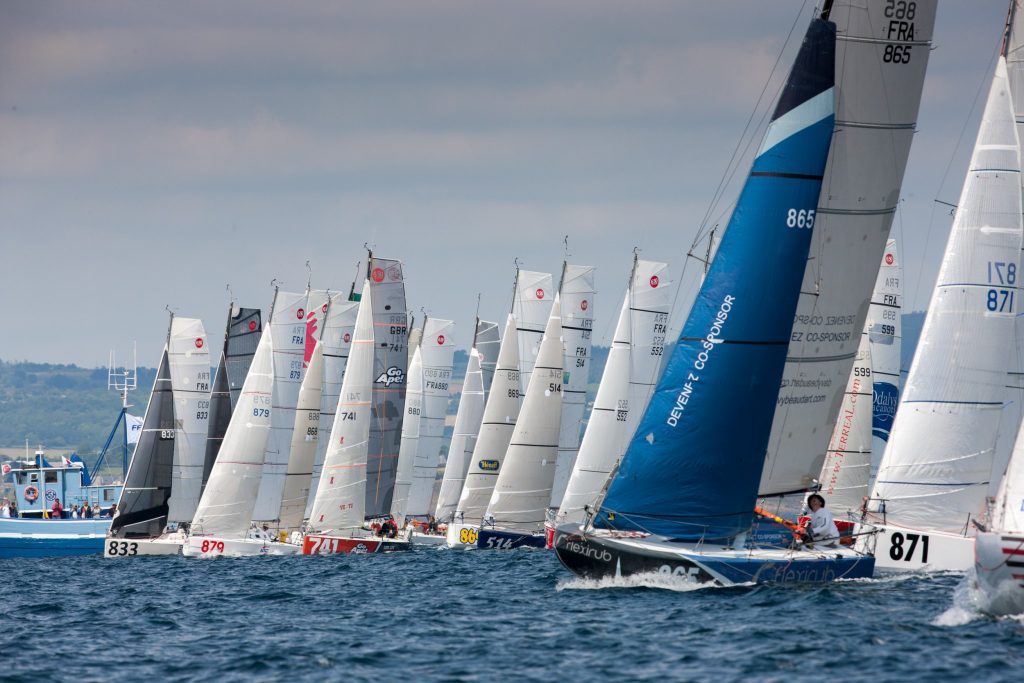


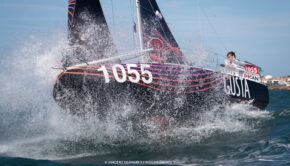
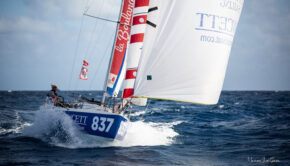
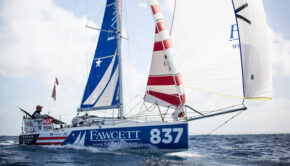
 We’ll keep your information safe.
We’ll keep your information safe.